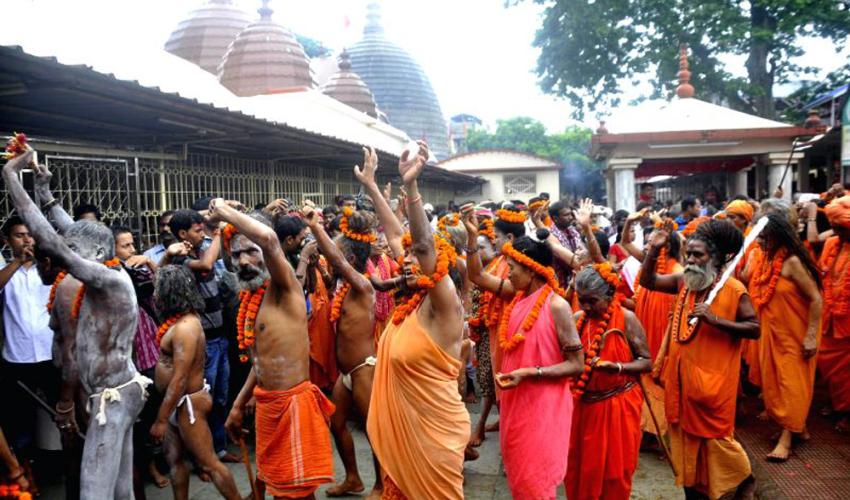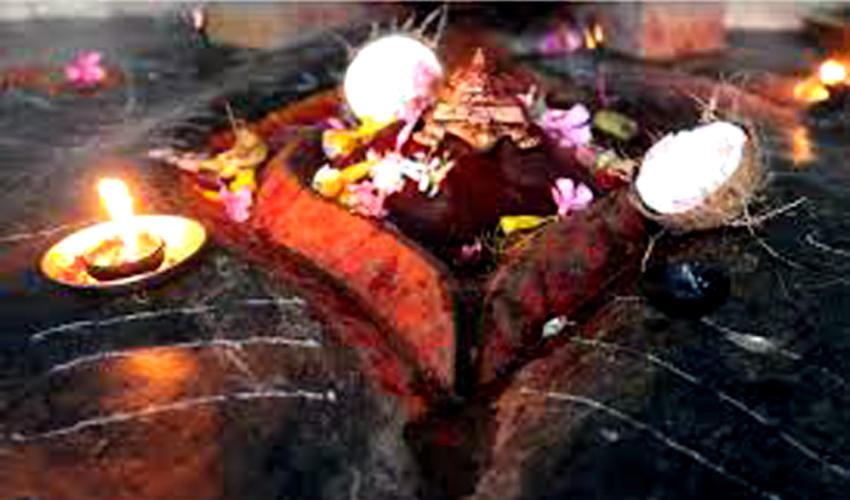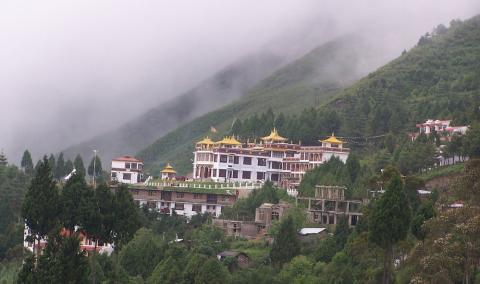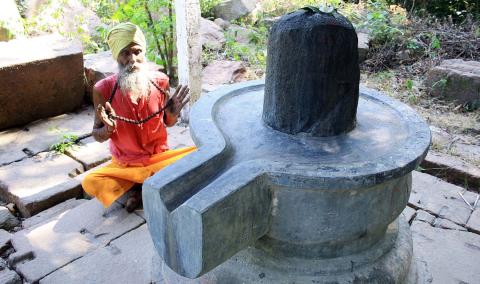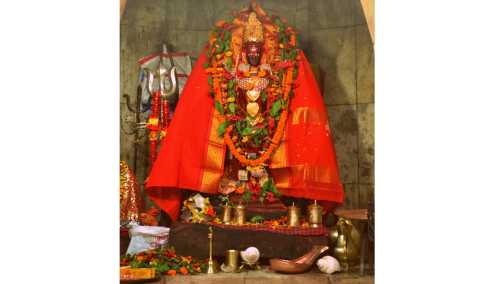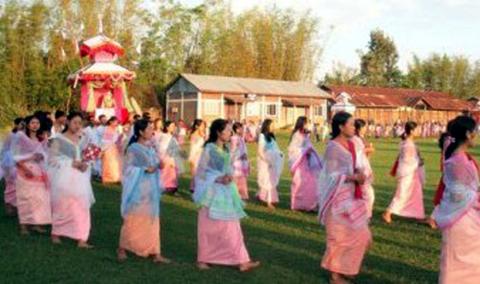The Kamakhya temple premises atop the beautiful Neelachal hill near Guwahati in Assam breaks into a sea of humanity during a huge fair in June. The famed Hindu shrine in the country organizes the annual event to mark the occasion when the goddess Kamakhya, goes through her annual cycle of menstruation during this time stretch. It is one among the oldest 52 shakti peethas of India.
There is no image of Shakti. However, a sculptured image of the yoni of the goddess, which is the object of reverence. A natural spring keeps the stone moist.
According to Kalika Purana each and every sand particle near Kamakhya is a Shakti Peeth.
It is believed that Goddess Kamakhya goes through her yearly menstrual cycle during the Ambubachi days. Hence Ambubachi Mela is organised every year during monsoon.
During Ambubachi Mela the temple remains closed for first three days – the menstruation period. Devotees neither worship nor read holy books. Farmers do not plough the land.
The entire Shakti shrine seems obsessed by the colour red. Everywhere you hear chants of “Prithibi Rajashala Hoi” (Mother earth is menstruating).
After three days Maa Kamakhya is bathed and other rituals are performed. Buffalo and goat sacrifices are also done to please Maa Kamakhya.
On fourth day, temple doors are reopened and Prasad is distributed. Lakhs of devotees visit to have glimpse and Pray to Maa Kamakhya.
The Ambubachi festival is closely related to the Tantric cult and is also known as Kamkhya Devi Puja. Devotees come from far off places to meet the Tantric Sadhus and take their blessings.
The fest is witnessed by lakhs of devotees from all over the world and so it is known as ‘Mahakumbh of the East’.
Venue: Kamakhya Temple, Guwahati
Ambubachi Mela
Location
